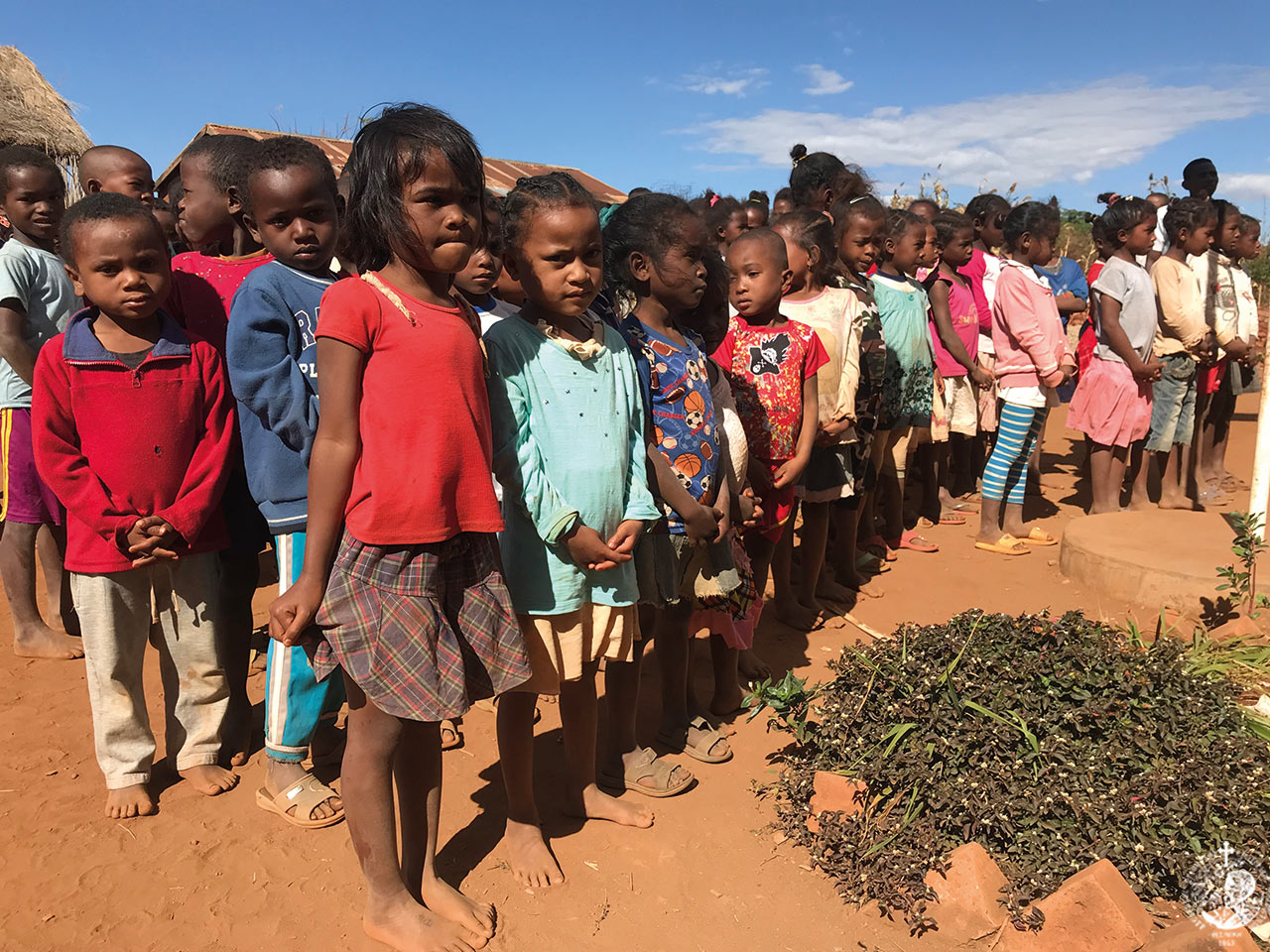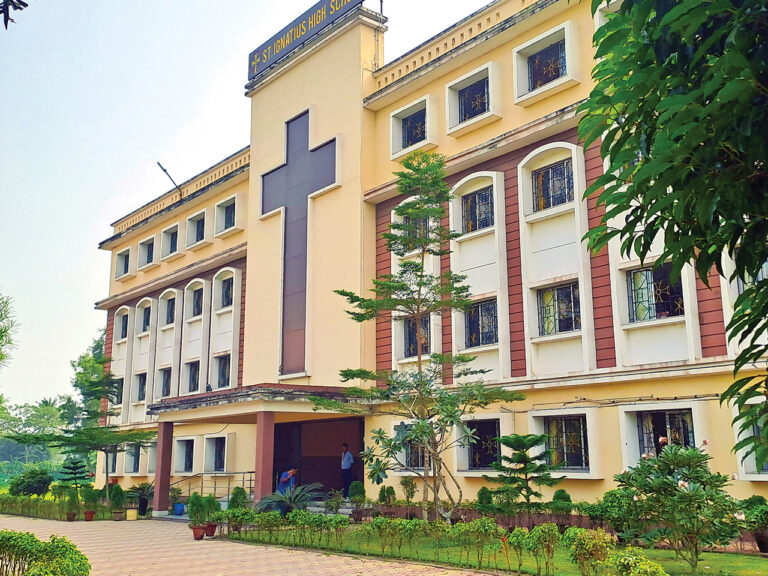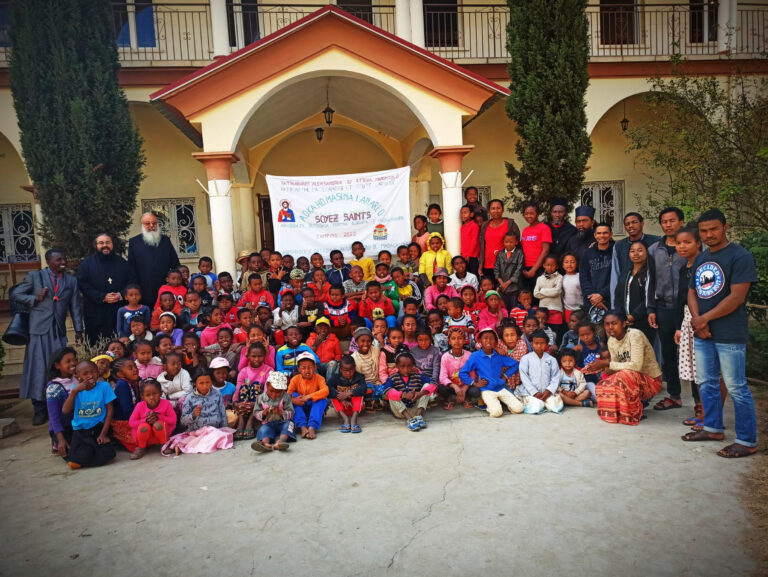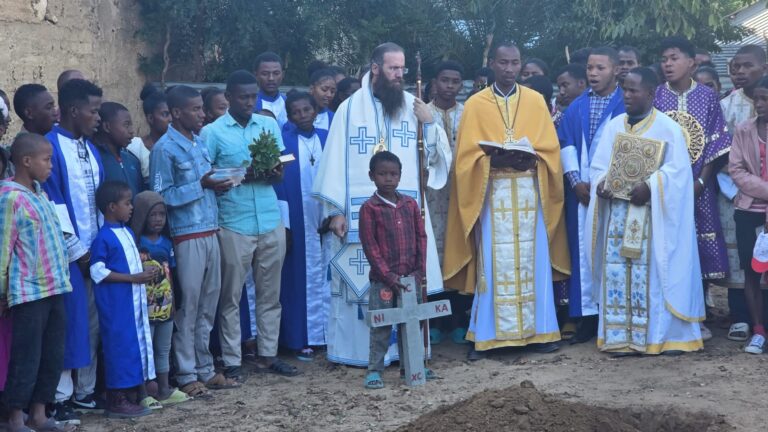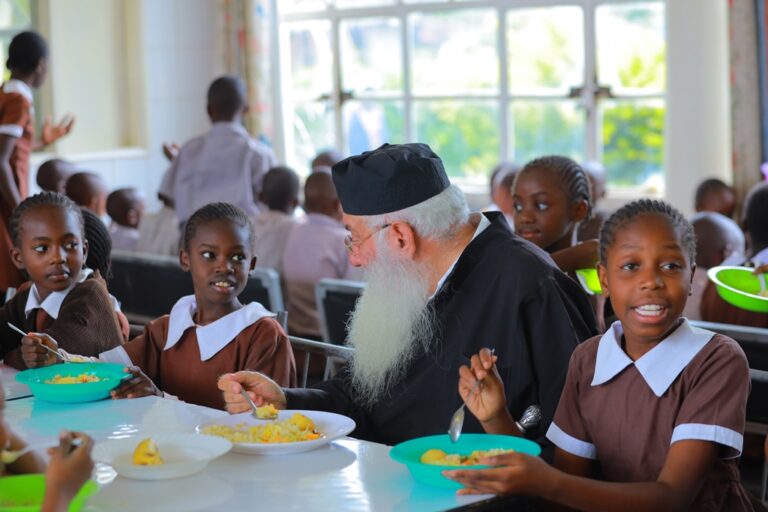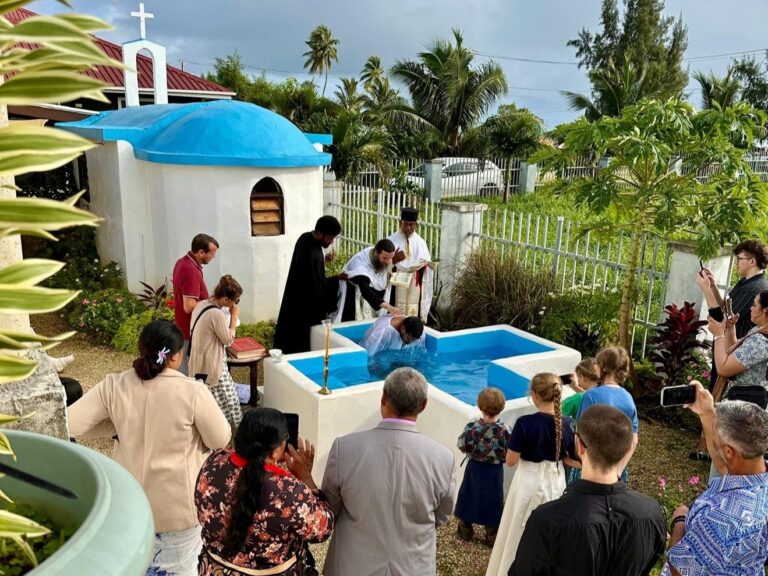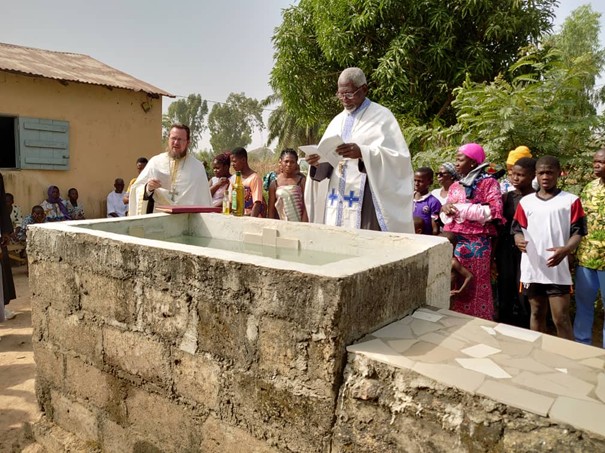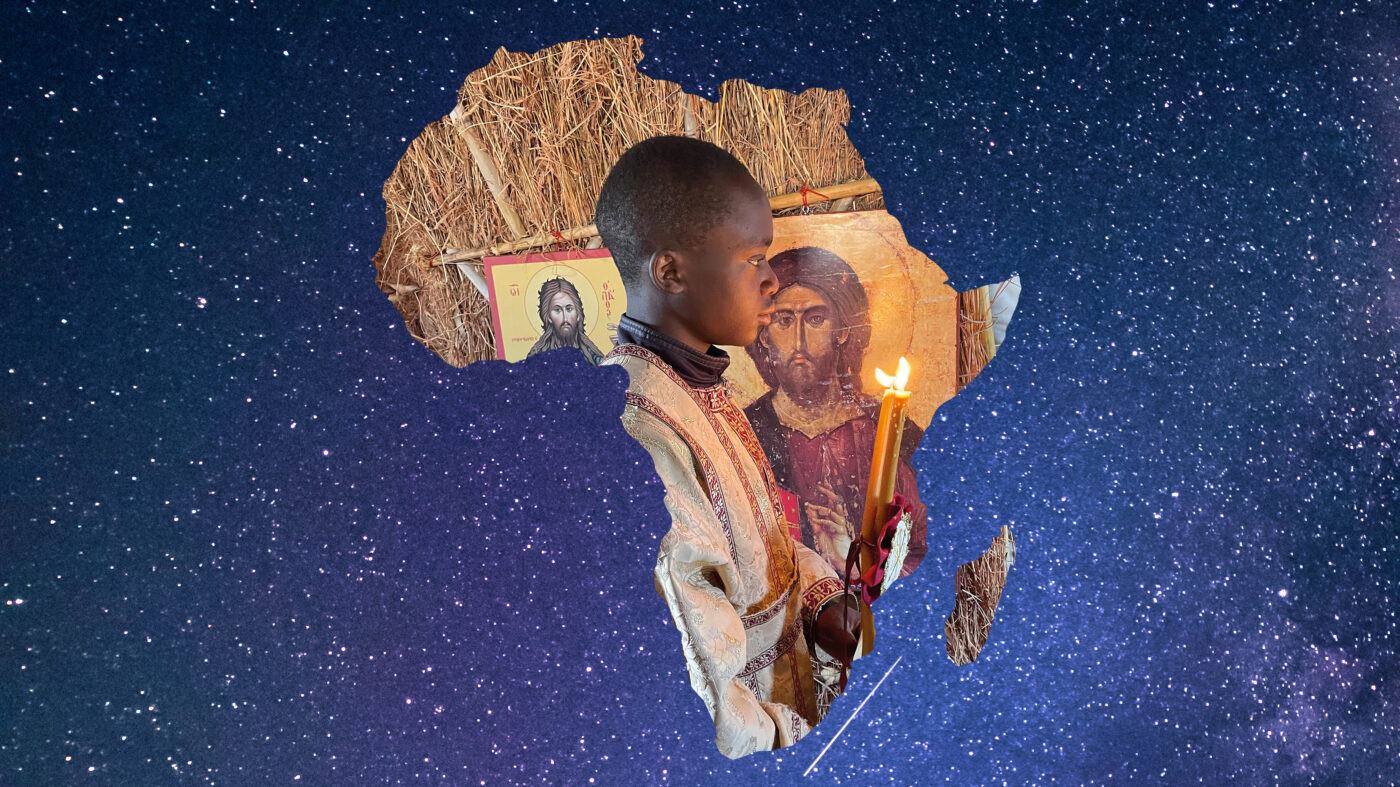Mission in Madagascar
As the plane was approaching the airport of Madagascar’s capital, Antananarivo, I was thinking about how much the country had changed since my last visit. Nine years ago, when I came here, there was a lot of poverty, and I remember that every day up to 1,000 children would gather at Alasora Mission Center to get some milk and biscuits…
Nothing had changed at the airport, but the streets were too busy. It took us five hours to get to Alasora while the last time I came it didn’t take more than an hour! Thousands of cars, most of which old–technology vehicles, throng the small city streets and can hardly move around … So you have a better chance of observing the incredible jobs people do to survive. Some sell food (such as meat, bread, vegetables, fruit) or clothes, shoes, wood… and others sell phone cards and cell phones…
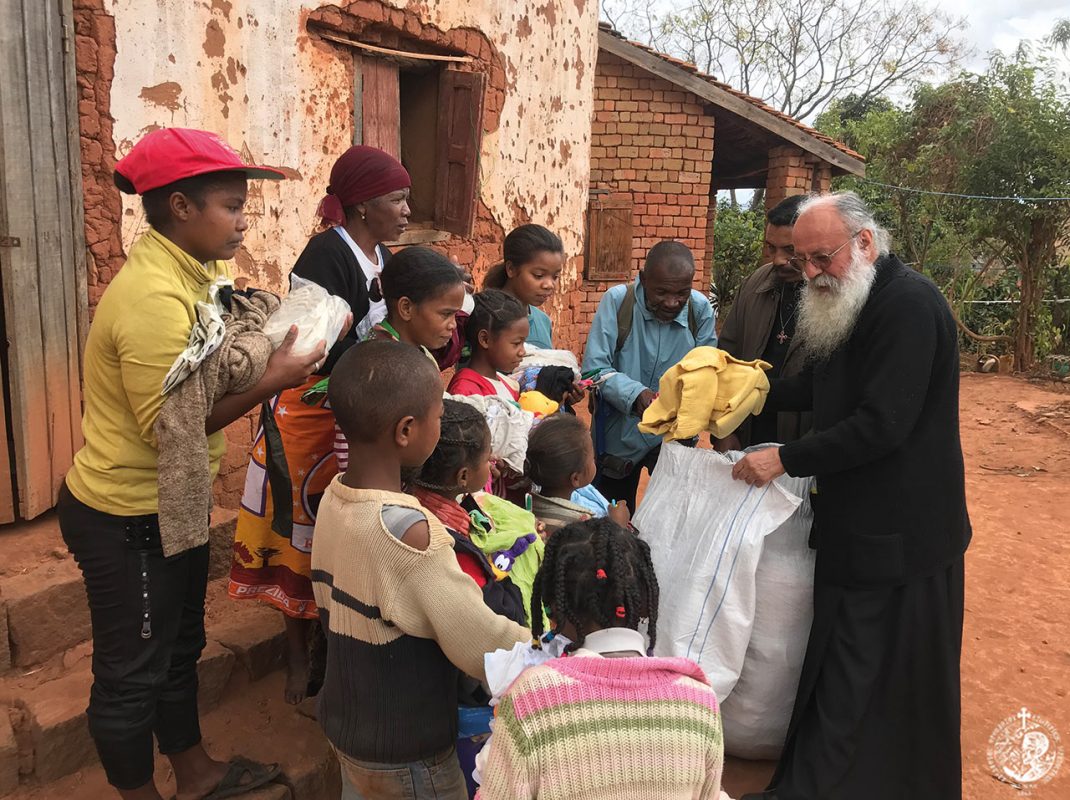
On a downhill road we met a family that was crushing stones into gravel… All its members were working… The grandfather, the grandmother, the son, the daughter-in-law… The latter, named Tajine, had her baby in a basket next to her… It was just one month old and was sleeping despite the hammerings. One meter away was her four-year-old son Michael. He also had a hammer and was breaking stones! He was working as fast as everyone else. He didn’t stop even when a little piece of rock was thrown into his eye … He didn’t cry at all, he simply pulled it out of his eye and kept hitting the stones with his hammer. I asked how much money they got and they told me that the salary for that job was 3,500 Malagasy Ariary, that is, less than a euro! Michael was not paid … He just worked there because he had nowhere else to go … In this beautiful country, with the highest biodiversity on the planet, 40% of the population is illiterate, 50% has no access to a water supply network and only a 15% is connected to a power grid… What luck could Michael possibly have?
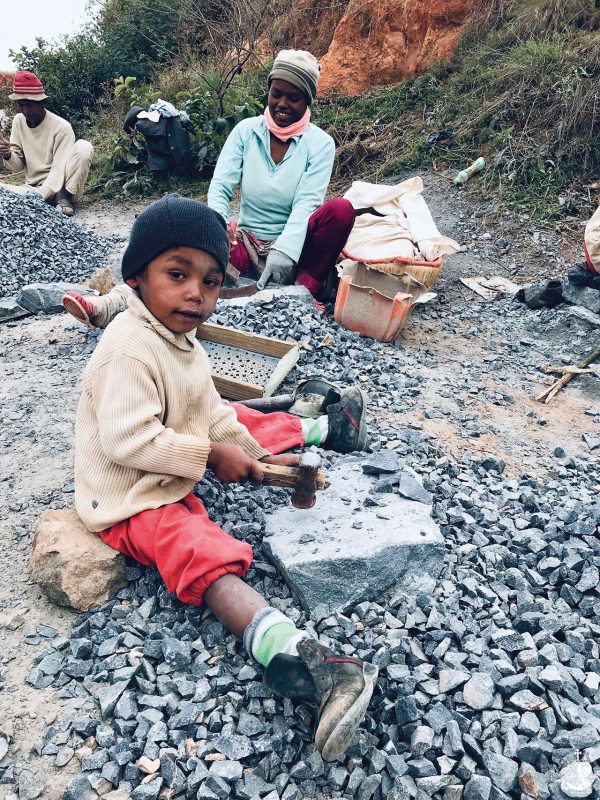
His Eminence Metropolitan Ignatius of Madagascar informed us about the situation. Of the 25 million residents of Madagascar, only 25,000 are Orthodox Christians. Of the 110 parish churches, only 75 are built. There are still straw huts operating as churches…
The next day we woke up at 5.30 a.m. because we had to go to a remote village, 150 kilometers away from the capital of Madagascar. I brushed my teeth with bottled water because the tap water was sometimes yellow and sometimes brown … At the mission center from 6 in the morning- like every morning- the children had formed a huge queue for milk and biscuits. Among them were some mothers holding their babies in their arms. It was raining and besides milk and cookies, the Greek volunteers distributed slippers to barefoot children.
In the street, people in haste carrying various things on their heads were rushing in different directions like ants. Some of them were loaded with woods, tree branches for lighting a fire and cooking, some others were carrying jerry cans of water and others huge pieces of meat from the nearby slaughterhouse … A thin young man had a half pig vertically cut on his head … Another one had a bunch of a big animal; the blood from the meat was dripping on his body and from afar I saw a man drenched in blood running as if somebody was chasing him … I asked Fr. Stephen about the animal that meat was coming from and he said that it was a zebu, a buffalo-like animal with a hump.
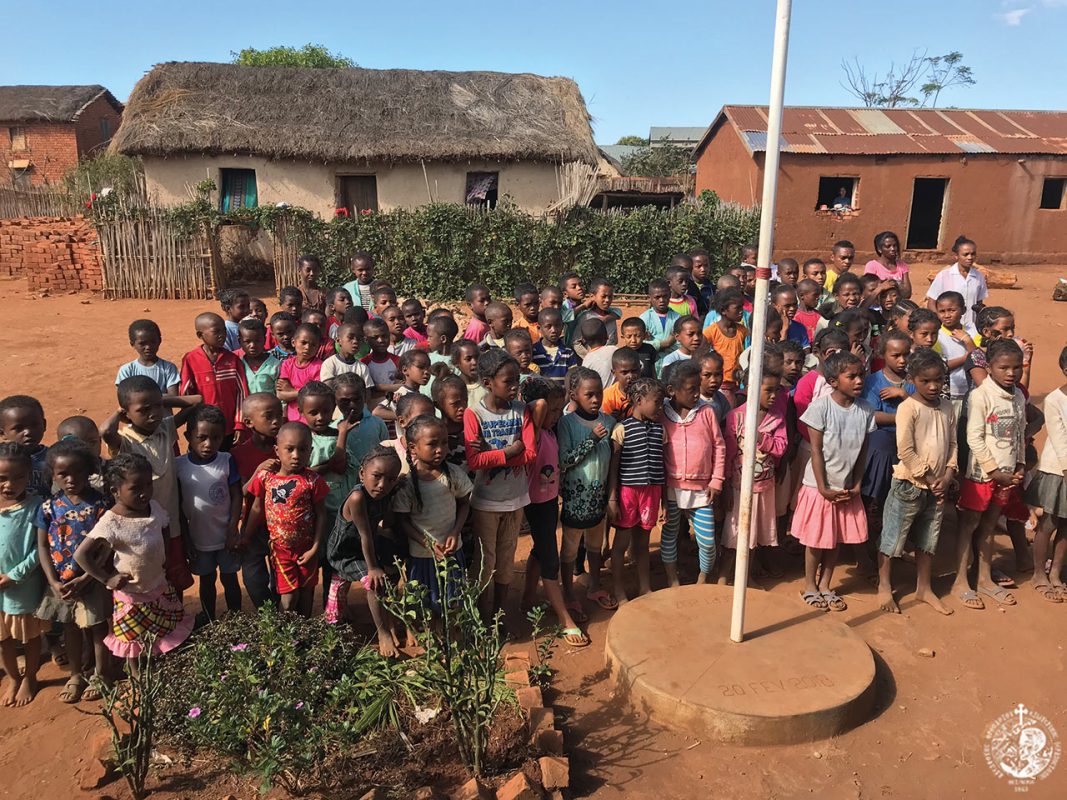
After crossing the «bombarded» roads of Antananarivo and continuing on a paved road for a while, our car entered a rough dirt road. It took us more than two hours to cover a distance of 35 kilometers.
In Abu Imanana village we were anxiously awaited by the inhabitants. They had gathered in the yard of a house because there was no church. There in the yard we brought the baptismal font, a large barrel, where 27 people were baptized … The youngest was 10 months old and the oldest 67 years old. Then followed the weddings… Six couples who had just been baptized, got married. Shortly before we left we distributed second hand clothes from Greece. The joy of the people who took the clothes was indescribable, especially that of the kids who found some toys amongst the clothes.
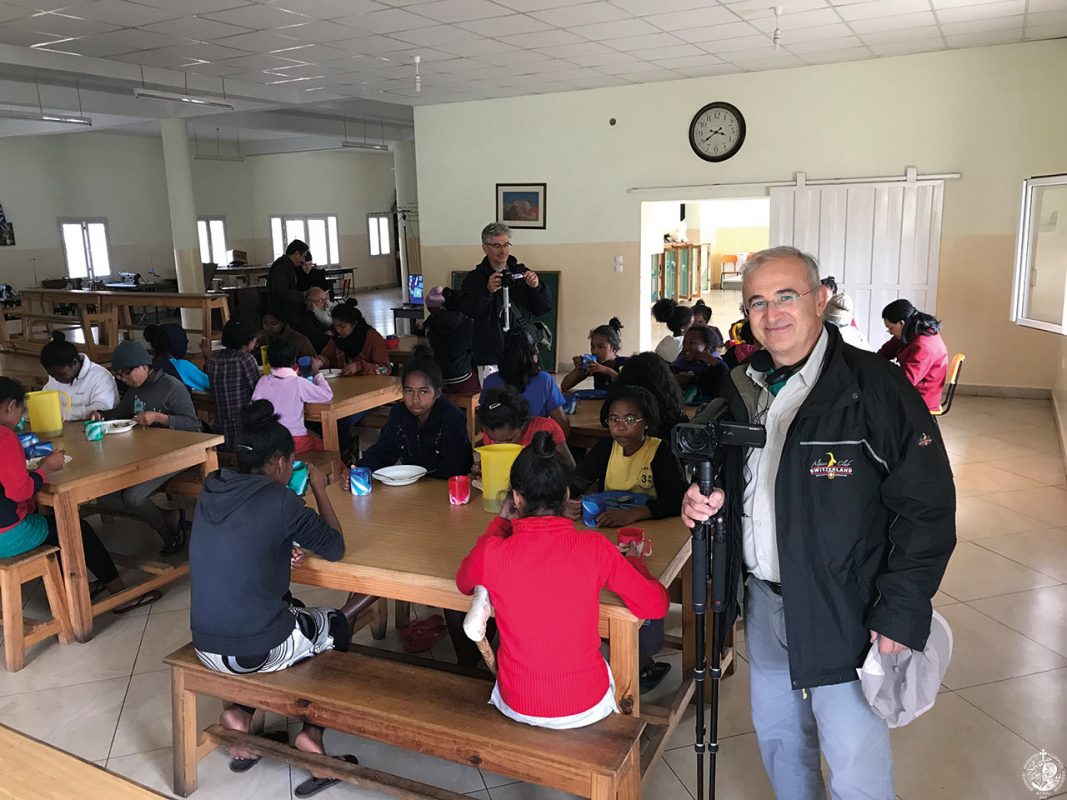
During our stay in Madagascar, we visited the orphanage, the old people’s home, the polyclinic, as well as churches and schools created and run by the Metropolis of Madagascar with the help of donors. As His Eminence Metropolitan Ignatius told us, after the financial crisis in Greece the donations have been considerably reduced, which forced them into the creation of two farms, where every possible effort is made to sustain missionary activity.
On leaving Madagascar, you feel the eyes of the locals follow you … Especially the eyes of the children waiting in the queue every morning to get a glass of milk and a few biscuits, I think they will accompany me throughout my life…
Nikos Aslanides Journalist-Regular Fraternity Member

